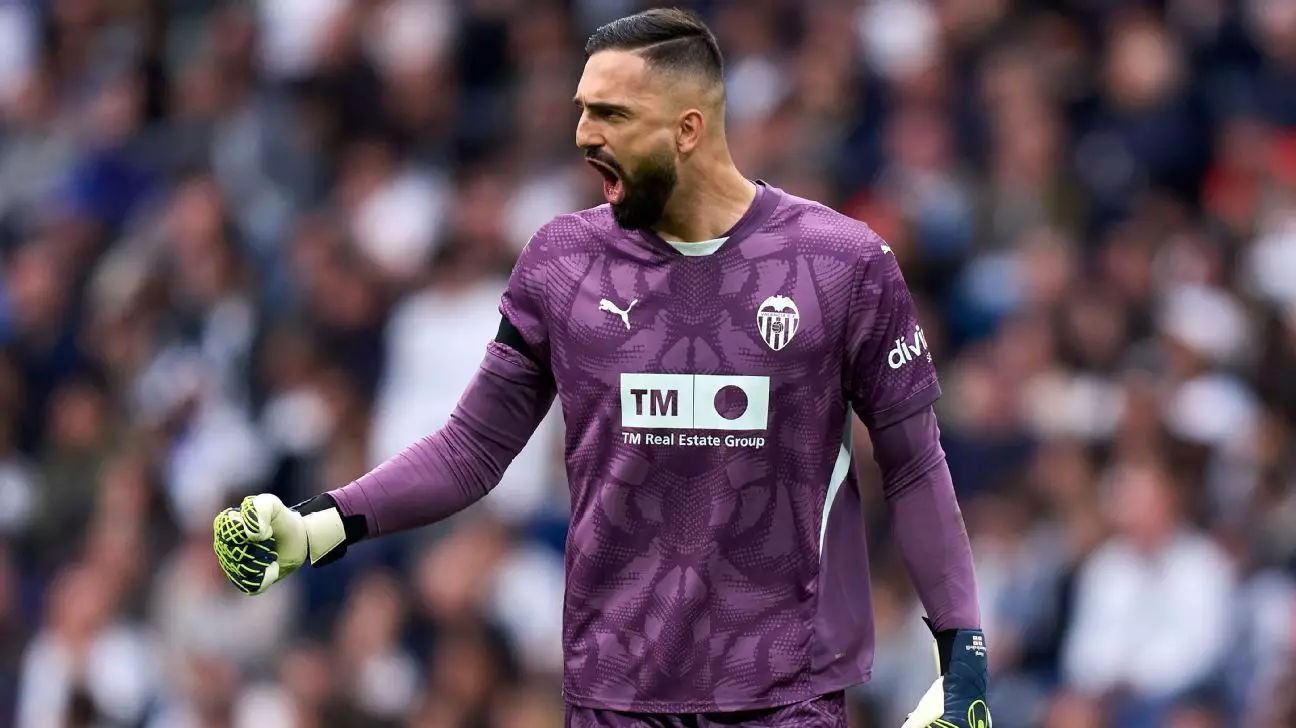As the footballing world eagerly anticipates the summer transfer window of 2025, it is clear that this season will be shaded by the FIFA Club World Cup, commencing on June 15. Unlike traditional years, this transfer window presents clubs with a unique conundrum. The introduction of an additional registration period for clubs involved in the tournament—from June 1 to June 10—could significantly alter the typical dynamics. While participation isn’t obligatory, it offers a crucial lifeline for clubs needing to navigate player signings before the tournament kicks off.
The ramifications of this early window extend beyond mere logistics. Clubs, especially those likely to engage in heavy recruitment, must now evaluate their options and timing far more critically. Establishments like Chelsea, Manchester City, and other European giants that are set to partake in the Club World Cup have distinct challenges ahead as they scramble to finalize their squads, balancing the urgency of immediate signings with the traditional transfer window strategies.
Contrasting Styles: Deadline Deviations Across Leagues
Typically, football leagues across Europe usher in their transfer windows on July 1, with most concluding around August 31. However, the upcoming window features a closing date of September 1 due to August 31 landing on a Sunday. This deviation, orchestrated through discussions among the top five European leagues, reflects a shift towards mutual cooperation within the sport, especially amid the backdrop of an evolving global tournament schedule.
Moreover, distinct leagues have the latitude to set their timelines. For instance, while La Liga and Serie A align their windows to open on July 1 and close on September 1, FIFA’s strategic clauses enable flexibility, particularly in accommodating clubs with expiring contracts during the crucial summer months. This ability to adapt suggests a growing emphasis on player availability, a critical factor for teams competing in high-stakes tournaments like the World Cup.
The Ramifications of Player Replacement Policies
One of the most notable features of this transfer window is the FIFA regulation allowing clubs to replace players whose contracts have expired between June 27 and July 3. This flexibility could lead to increased activity and strategic maneuvering, as clubs may choose to discard underperforming players in favor of fresh talent. The strategic implications extend beyond mere signings; it allows clubs to recalibrate their squads based on real-time performance analysis, providing a tactical edge during the high-pressure environment of international tournaments.
The shift towards a more dynamic roster management approach is not just innovative but necessary in a sport where competition is incessantly intensifying. As clubs endeavor to maximize their chances of success, the philosophical aspects of squad construction must adapt to these regulations. Managers will need to work closely with their boards to identify and secure the right players within these time constraints—something that could lead to both brilliant discoveries and disastrous blunders.
A New Era for Free Transfers
Even as the transfer landscape evolves, one constant remains: the allure of free agents. As clubs seek to strengthen their squads after the transfer window closure on September 1, the ability to sign free agents—players unattached to any club—remains a significant opportunity. This element could be crucial for those clubs that miss out on their primary targets or need to bolster their capabilities on a budget.
What sets this window apart is the juxtaposition of urgency and strategy. Clubs will need to dip into the free-agent market not just during the conventional signing periods but also post-deadline, indicating a potential rise in the valuations of free players. Through astute negotiations and an eye for talent, many clubs could significantly enhance their squads without dipping into their transfer budgets.
The 2025 summer transfer window underscores a transformation in football, bringing an unprecedented layer of strategy and urgency to player acquisitions. The interplay of FIFA’s regulations, the Club World Cup’s scheduling, and the unilateral decisions made by various leagues sets the stage for a season of high drama, critical negotiations, and possibly shocking moves. As clubs worldwide gear up for this fascinating period, the question remains: who will seize the opportunity and turn the tides in their favor?

